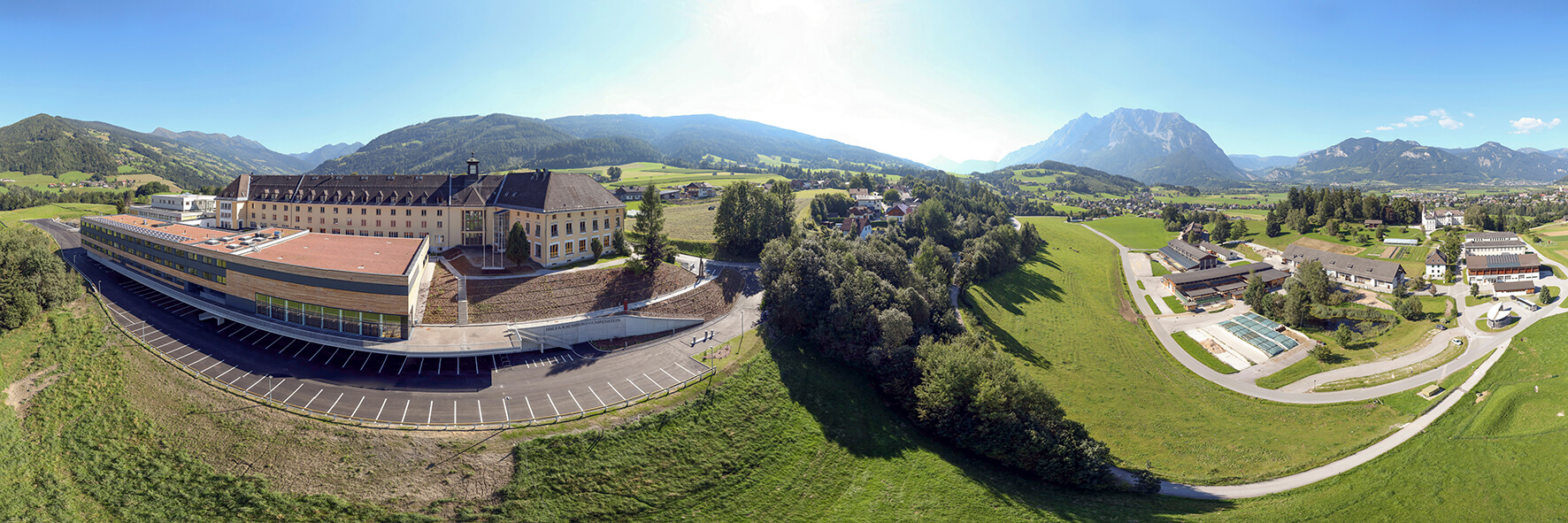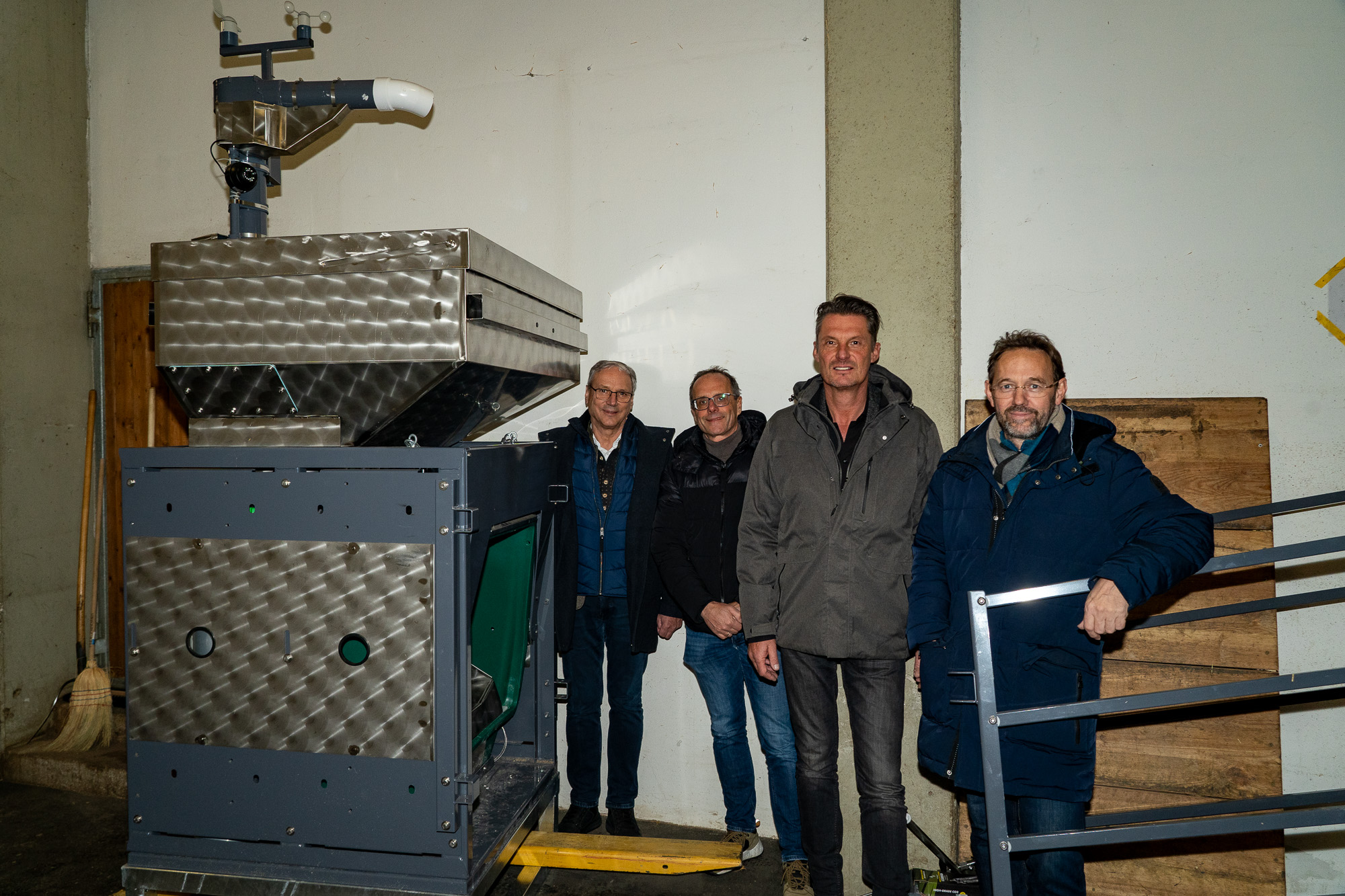Research cooperation HBLFA Raumberg-Gumpenstein and Rinderzucht Austria officially started with two GreenFeed systems
In a large-scale research project Breed4Green , led by Rinderzucht Austria, strategies for the sustainability of the cattle industry worked out over the next few years with a focus on energy-efficient breeding and reduction of methane emissions. Two mobile GreenFeed systems from HBLFA Raumberg-Gumpenstein collect important data.
The HBLFA Raumberg-Gumpenstein, breeding data, the University of Natural Resources and Life Sciences, LKV Austria, state control associations, breed working groups, breeding associations as well as practices and schools are working intensively. We also cooperate with international research partners (Belgium, Germany, etc.). The research project, financed by the Ministry of Agriculture (BML), is led by Rinderzucht Austria.
State-of-the-art technology - two mobile GreenFeed systems
With the help of two mobile GreenFeed systems from HBLFA Raumberg-Gumpenstein, important basic data on the breeding processing of methane and CO 2 emissions be recorded on practical farms for the first time in Austria. On November 28, 2023, the loan agreement from Direktor Dr. Johann Gasteiner ( HBLFA Raumberg-Gumpenstein) and chairman Ing. Sebastian Auernig (Rinderzucht Austria) signed.
Over the next three years, the devices will not only be used at the research facility in Gumpenstein, but also by Rinderzucht Austria on numerous practical farms. For this purpose, the GreenFeed devices are set up in freestall farms over several weeks. Emissions are recorded for individual cows several times a day. By giving a small amount of concentrated feed (around 1 kg/day), the cows voluntarily go to the GreenFeed devices. When concentrated feed is consumed, the emissions are recorded through a standardized, light air flow in the device. The methane emissions per animal and day are determined based on calibration samples , large existing data sets from the HBLFA Raumberg-Gumpenstein and KI
Important data for the cattle industry
Furthermore, the research project will collect important additional performance and efficiency characteristics such as health, weight, BCS, metabolism, energy intake, and mid-infrared spectra (MIR) of the milk. Extensive existing data on feed intake, energy supply and the MIR pattern of milk are contributed by the HBLFA Raumberg-Gumpenstein and supplemented by data from practical farms in the cattle data network. The focus is on genetically improving energy efficiency and methane emissions. The genetic potential of the direct trait methane and CO 2 emissions and the connections to health and other traits in the overall breeding value, as well as the factors that influence the animals' methane emissions, are analyzed.
The new data basis will also be used to develop additional indirect breeding traits and MIR equations. Furthermore, the environmental impact of relevant milk and beef production systems in Austria is being researched. The project lays the foundation for genomic selection on feed efficiency and reduction of greenhouse gas emissions and thus represents a significant contribution to climate protection through agriculture.
Just listen or watch:
In conversation with Dr. Andreas Steinwidder tells Dr. Thomas Guggenberger on the new research project breed4green - Direct and indirect characteristics for feed efficiency and greenhouse gas emissions for breeding and herd management in cattle.









